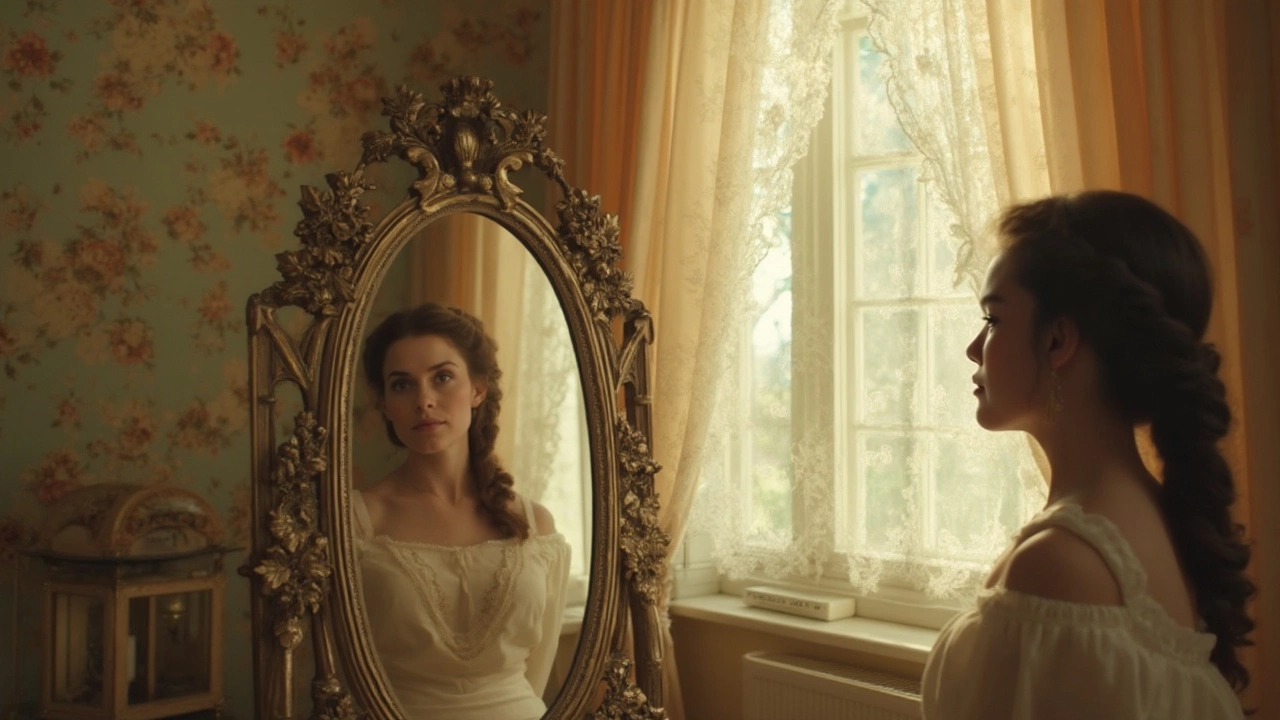Mirrors – Types, Costs, and the Psychology Behind Them
Mirrors are more than just glass. They shape how a room looks, help you get ready in the morning, and even affect your mood. Whether you’re hunting for a cheap bathroom slab or a statement wall piece, knowing the basics saves time and money.
What Kind of Mirror Fits Your Space?
There are three main kinds: flat, concave and convex. Flat mirrors give a true‑to‑life image – perfect for dressing rooms and bathrooms. Concave mirrors curve inward; they magnify your face, which is why they’re common in makeup stations. Convex mirrors bulge outward, shrinking the view and expanding the field of sight – handy for hallways or safety mirrors at stairwells.
Choosing the right one depends on where you’ll hang it. A flat mirror above a sink should be at eye level and at least 30 inches wide for a full view. For a vanity, a 10‑inch concave mirror lets you see details up close. Convex mirrors work best when you need to see a wide angle, like a corner of a garage.
Price varies with size, material, and finish. A basic 24‑inch flat mirror can cost under £20, while a framed statement piece or a large custom size may run £150‑£300. Look for mirrors with sealed edges and tempered glass – they’re safer and last longer.
What Your Reflection Says About You
Mirrors also tap into the mind. Some people feel uneasy looking at their own face – that’s called eisoptrophobia, or mirror phobia. It often stems from childhood stories or a brain’s reaction to self‑image. Understanding the fear can help you face it, like starting with short glances and slowly building comfort.
On the flip side, an obsession with mirrors can signal body‑dysmorphic disorder (BDD) or OCD. If you catch yourself checking the glass dozens of times a day, it might be time to talk to a professional. Simple tricks like covering the mirror for short periods or setting a timer for checks can break the cycle.
Even pop culture loves dark reflections. The “black mirror” concept shows how a dark screen can feel unsettling, playing on our fear of the unknown. Articles on the site explore why these images stick with us and how we can use them for creative storytelling.
When you’re ready to buy, use the price guide to compare options. Check the frame material – wood adds warmth, metal feels modern. Measure the space twice before you order, and read reviews about delivery and packaging – a cracked mirror is a costly mistake.
Bottom line: pick the mirror type that serves the room’s function, match the price to your budget, and be aware of any emotional reactions you might have. With the right info, you’ll get a mirror that looks great, lasts long, and feels right for you.
This article takes a look at what the Bible really says about mirrors and why they matter. You’ll get the lowdown on Bible verses that mention mirrors, practical lessons for daily life, and a peek at how people in Bible times actually used mirrors. If you’re curious how faith and everyday objects connect, you’ll walk away with both answers and usable tips.
May, 25 2025
Mirrors have long been a staple in our daily routines, but how important are they really? This article explores the psychological impacts of mirrors, the pros and cons of mirror usage, and offers practical tips for mindful reflection. Dive into the balance between self-awareness and self-acceptance, as well as understanding the significance of appearances in our lives.
Apr, 12 2025
Checking mirrors while driving is more than a routine action; it’s a key safety practice. This article explores how frequently you should look at your mirrors to drive safely and confidently. You’ll learn the importance of mirror checks, tips to develop a good mirror-checking habit, and facts to improve your road awareness. Whether you're a seasoned driver or just starting out, this guide will help you keep your eyes in the right places at the right times.
Apr, 5 2025


